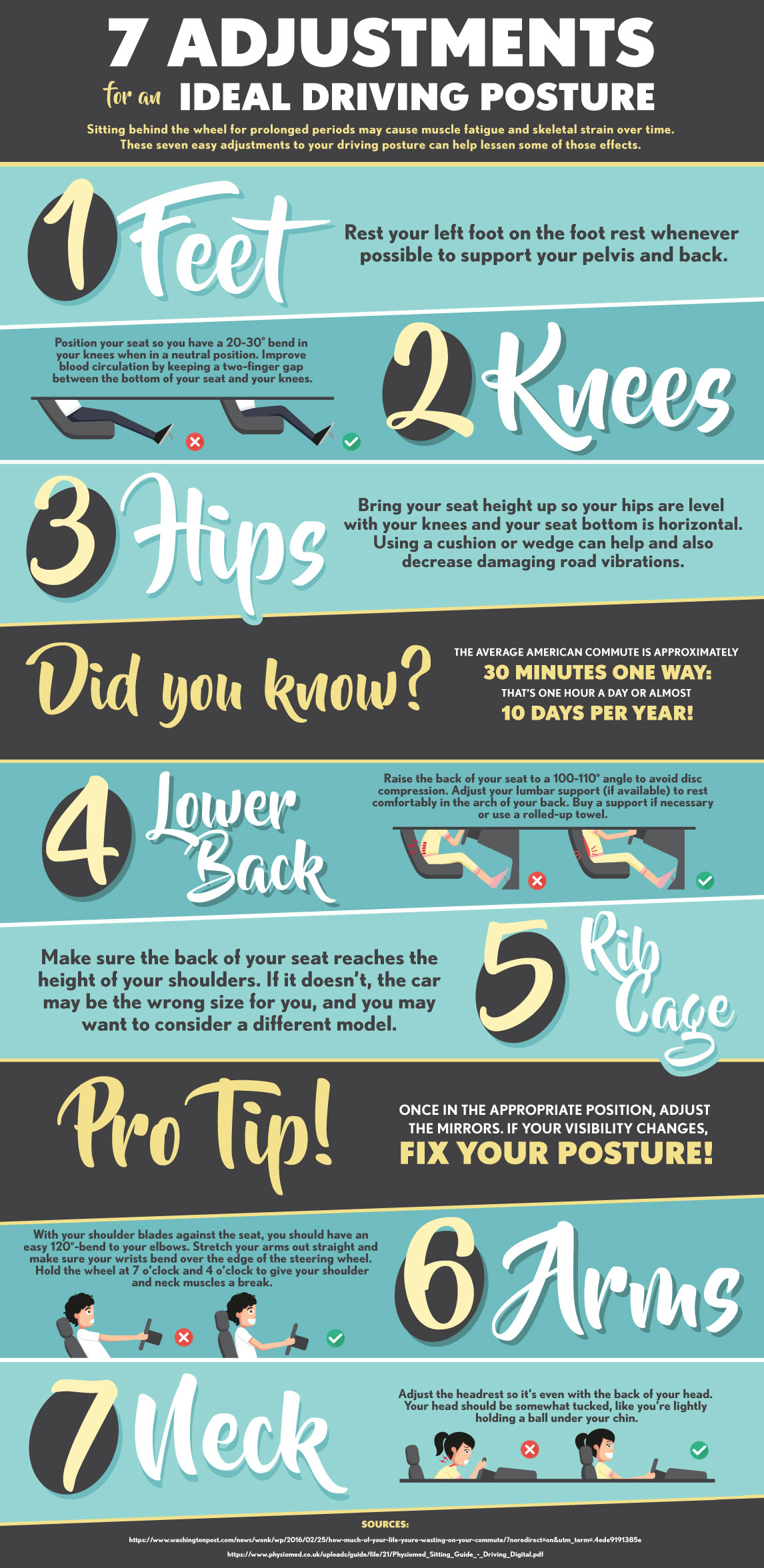Keeping appropriate posture isn't practically sitting up directly; it has to do with aligning your body in a manner that supports your back and reduces the danger of back pain. The means you sit, stand, and move throughout the day can considerably affect your spinal wellness. But how specifically can you ensure great alignment regularly, also during busy days loaded with numerous activities? Allow's dig deeper right into the subtle yet impactful adjustments you can make to your daily regimen to keep your back pleased and healthy and balanced.
Importance of Proper Stance
Appropriate posture is essential in maintaining a healthy back and preventing discomfort. When you rest or stand with excellent posture, your spinal column remains in positioning, minimizing strain on your muscle mass, tendons, and joints. my lower back hurts when i walk enables the body to distribute weight equally, protecting against extreme stress on specific locations that can result in discomfort and discomfort. By keeping your spinal column effectively lined up, you can likewise enhance your breathing and food digestion, as slouching can compress organs and limit their performance.
Additionally, maintaining great posture can boost your total look and confidence. When you stand tall with your shoulders back and head held high, you show confidence and show up even more approachable. Great posture can additionally make you really feel a lot more energized and alert, as it advertises correct blood flow and permits your muscles to work effectively.
Incorporating proper posture right into your daily routine, whether sitting at a desk, walking, or exercising, is vital for preventing back pain and advertising overall wellness. Keep in mind, a small adjustment in how you hold yourself can make a considerable difference in exactly how you feel and function throughout the day.
Common Postural Mistakes
When it pertains to maintaining excellent pose, lots of people unwittingly make usual errors that can contribute to back pain and discomfort. Among the most widespread errors is slumping over or hunching over while sitting or standing. https://johnnyjexsm.blog-a-story.com/10918091/utilize-the-advantages-of-chiropractic-like-enhance-your-athletic-performance-and-reveal-the-understandings-that-make-this-link-transformative on the back and can lead to muscle mass imbalances and pain in the future.
One more typical blunder is overarching the reduced back, which can squash the natural contour of the back and create discomfort. Furthermore, going across https://www.globenewswire.com/news-release/2021/07/20/2265969/0/en/Scilex-Holding-Company-a-Sorrento-Company-Announces-Complete-Enrollment-on-Non-Opioid-Injectable-SP-102-SEMDEXA-Phase-3-Pivotal-Trial-C-L-E-A-R-Program-For-Sciatica-Pain-Management.html while sitting may feel comfy, however it can develop a discrepancy in the hips and pelvis, causing postural problems.
Utilizing a pillow that's too soft or too firm while sleeping can also impact your positioning and add to back pain. Last but not least, regularly craning your neck to check out screens or readjusting your setting often can strain the neck and shoulders. Bearing in mind these common postural errors can aid you maintain far better positioning and lower the threat of pain in the back.
Tips for Correcting Alignment
To boost your alignment and minimize back pain, it's important to focus on making small modifications throughout your everyday regimen. Start by being mindful of your pose. When resting, ensure your feet are flat on the flooring, your back is straight, and your shoulders are kicked back. Stay clear of slouching or leaning to one side. Use ergonomic chairs or paddings to sustain your reduced back.
When standing, disperse your weight equally on both feet, maintain your knees slightly curved, and embed your hips. Engage your core muscular tissues to sustain your spinal column. Take breaks to extend and walk if you have an inactive task. Incorporate exercises that strengthen your core and back muscular tissues, such as planks or bridges.
While sleeping, make use of a cushion that supports the all-natural contour of your neck to preserve correct spine positioning. Prevent sleeping on your stomach, as it can stress your neck and back. By being mindful of these pointers and making small adjustments, you can gradually remedy your placement and alleviate neck and back pain.
Conclusion
Keep in mind, maintaining good posture is vital to avoid pain in the back and promoting spinal health and wellness. By being mindful of your placement, dispersing weight uniformly, and involving your core muscle mass, you can reduce strain on your back and decrease the risk of discomfort and injury. Include ergonomic assistance, take routine breaks to extend, and enhance your core and back muscular tissues to maintain appropriate alignment throughout the day. Your back will thanks for it!
